Pitsunda pine: description, history and secrets of growing
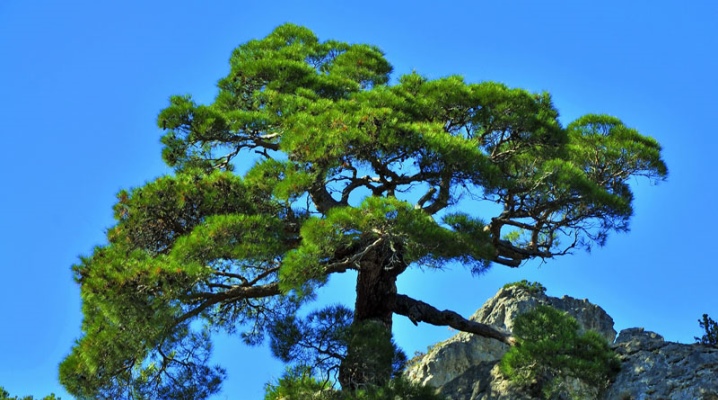
There are many types of conifers. This article will focus on the relict Pitsunda pine. This variety is a type of Turkish pine, which is also called Calabrian. The view got its name from the city of Pitsunda, which is located in the region of the coast of Abkhazia.
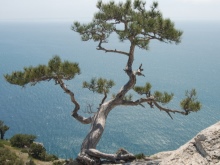
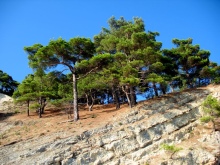
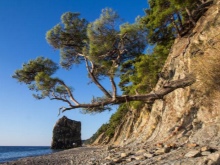
Distribution in nature
As a rule, the above variety grows in compact groups, groves. The main area of Pitsunda pine is represented by a narrow strip. In nature, the variety is most often found in the territory of the Eastern European region, especially in Abkhazia. Experts note that the largest grove is located within the boundaries of the Pitsunda-Myusser nature reserve zone, as well as in the vicinity of it. The area is about 4 thousand hectares.
This species is also growing in Russia. Small groves can be found on the stretch between Praskoveevskaya Gap and the villages of Dzhanhot and Divnomorskoye (Krasnodar Territory). Also, the variety was found in the mountainous region of the Greater Caucasus (in the north-west of the site) and near the resort town of Anapa. Today, the area of relict pine plantations in the Russian Federation totals about 1.1 thousand hectares.



The relict tree grows on sandy and limestone slopes. An excellent neighborhood is observed with Shibliak species.
The above variety has a long history that goes back more than one million years. Experts note that this is one of the oldest representatives of conifers.
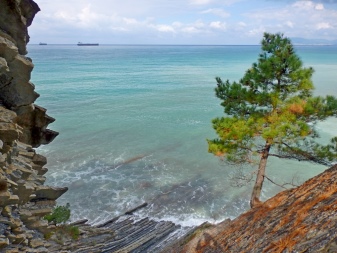
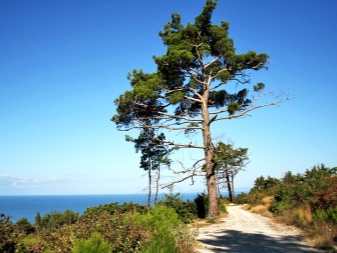
Feature and Description
The variety is on the verge of extinction, which is why it is listed in the Red Book. The species belongs to the group of large conifers. Pine trees are undemanding in terms of moisture content and soil composition. In addition, pine is excellently tolerant of dry and hot weather, and boasts salt tolerance.
With regard to resistance to cold snap, it is not able to withstand frost below 25 degrees Celsius., which is the average. The fruiting process is 20 to 25 years. Growth is fast and active.


The external data is as follows:
- The height varies from 15 to 25 meters. Growth can be greater when grown under artificial conditions.
- The average diameter is 0.3 meters. Some species grow up to one meter.
- The color of the bark is gray-brown.
- The shape of the crown of young trees is a cone. As it grows, it changes to round. No particular density is observed.
- The color of the branches is brown, red or yellow.
- The thickness of the coniferous needles is a maximum of 1 millimeter. Length - from 10 to 12 centimeters. The color is rich, dark green. Rough texture, sharp edges.
- The diameter of the cones is up to 5 centimeters. The length varies from 6 to 10 centimeters.
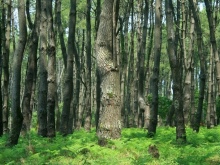
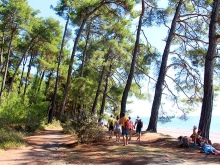
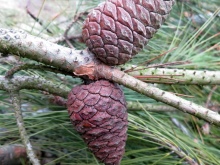
Healing properties
The substances that make up conifers have a beneficial effect on human health and well-being. Phytoncides and essential oils, which are rich in relict species, are beneficially poured into the body, having a detrimental effect on dangerous bacteria.
Regular visits to pine plantations are considered an effective prevention of colds. In addition, the coniferous aroma has a calming effect on the psyche. Cones are also used with health benefits - aromatic and healthy jam is made from the fruit.
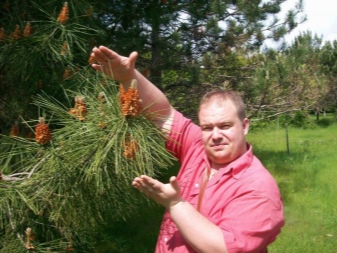
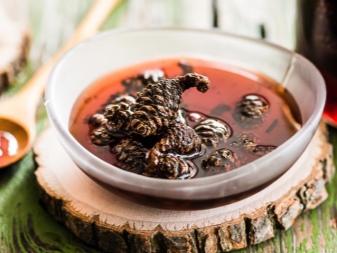
Landing and seat selection
The ideal time for planting seedlings is autumn (late summer) or spring. If you choose the second season of the year, work is carried out from April to May. Summer residents also choose the season from August to the first month of autumn. The ground area must be carefully lit. A tree develops quickly if the soil is light and rich in salts. Permeable soil is also suitable for pine trees.
The temperature should not drop below -25 degrees. For full development, a long daylight hours are required. In severe frosts, the tree begins to ache and often dies. When growing, young trees with closed roots are most often used. This is done due to the fact that they can take root badly in a new place without an earthen coma.
The slopes, which are about 400 meters above sea level, are considered the best locations for the comfortable growth of conifers.
Thanks to their excellent resistance to polluted air, these trees can grow even near highways.
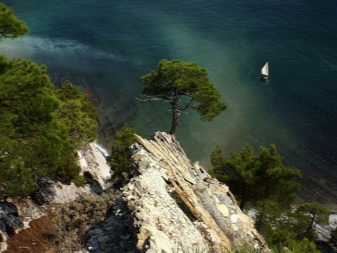
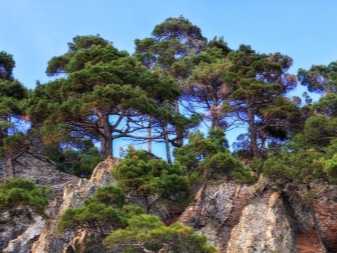
Landing technique
If you want to plant several plants in the same location, you must leave enough space between the seedlings. The optimal distance is 10 meters. When planting, make sure that the root collar of the tree remains on the surface.
The minimum diameter of the planting pit is 0.5 meters. Depth - from 0.7 meters (depending on the size of the root system of the tree). At the bottom, a drainage layer is preliminarily laid, consisting of expanded clay or pebbles. You can also use pieces of broken brick or coarse sand. The pit is filled with a sod and peat compound. The ingredients are mixed in proportions 50x50.
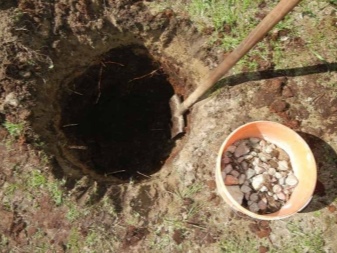
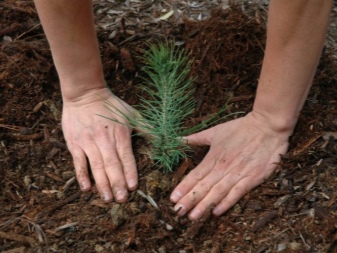
Watering and fertilizing
Immediately after the young trees are planted on the site, they need to be watered abundantly. This contributes to successful adaptation. When the tree grows, the need for additional moisture disappears. Natural precipitation will be enough.
Watering conifers is recommended at nightfall. When watering during the day, there is a risk of crown burns by the sun's rays. If the weather is hot, the amount of watering is increased up to 3-4 times in one season.

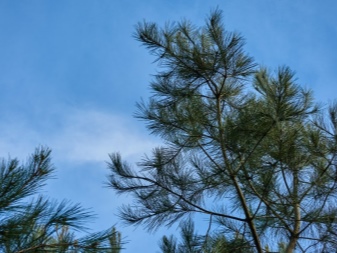
If the seedlings were grown from seed at home, during the first three years, you should periodically feed the plants with additional nutrients. Mature trees feel great even without feeding. In some cases, the compounds are added in the spring to accelerate the growth of branches and strengthen the needles.
Fertilizers are used that contain phosphorus, potassium or magnesium. Substances with nitrogen for needles are not used.
Such compositions provoke strong growth, making it difficult for seedlings to get used to a new place and prepare for wintering.
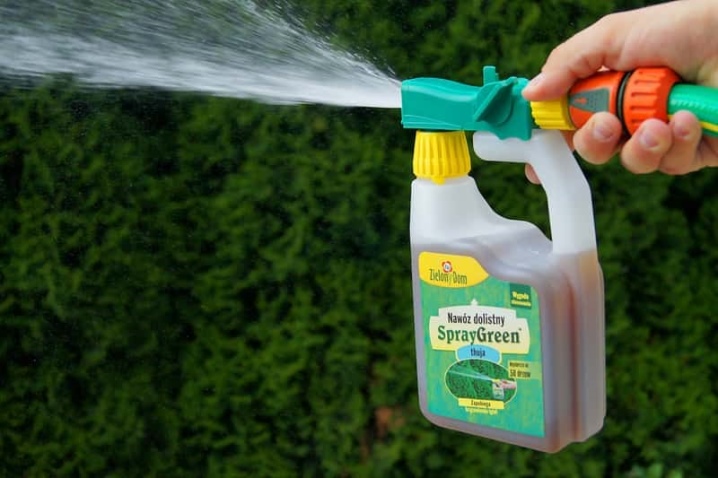
Loosening and mulching
A layer of mulch will help protect the root system of the tree from severe drying out during the hot season. It is also an additional feed for pine. When mulching, natural substances are used: straw, chopped needles with bark and sawdust.
In order for the roots to receive the required amount of oxygen, it is necessary to periodically loosen the soil.
The above two processes are also used for weed control and effective prevention of fungal diseases.

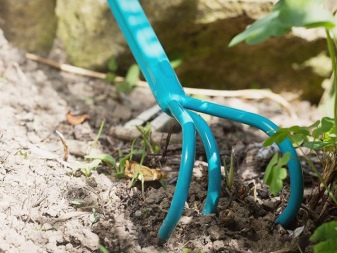
Growing from seeds
To grow pine from seeds, use a special soil that can be found in a garden store. The fruits of the trees are dried and seeds are removed from them. For cultivation, choose a plastic or wooden container. Drainage holes must be made in it. Next, the containers are filled with a substrate: peat and loose leafy soil in a proportion of 50x50.
The seeds should be soaked in warm and clean water for several days. 24 hours before planting, they are kept in a solution of potassium permanganate. Each seed is dipped into the soil to a depth of no more than 3 centimeters. To speed up germination, the containers are covered with dense cellophane for a greenhouse effect.
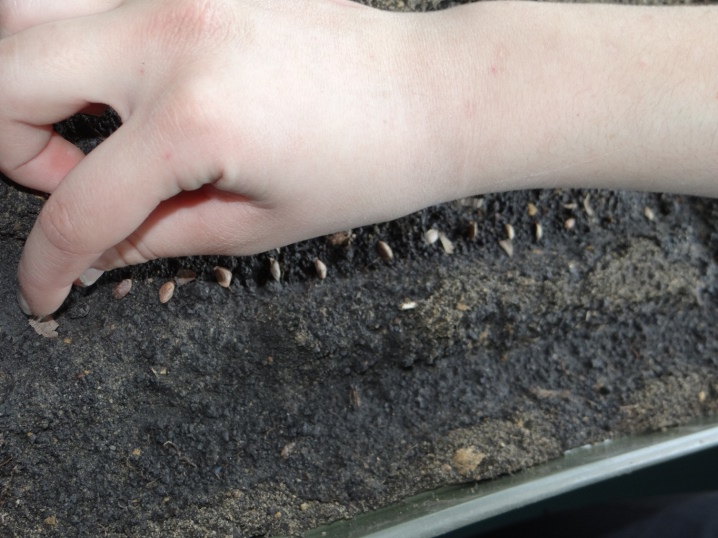
The containers are placed in a warm place. The substrate in the pots is constantly moistened, water is added as it dries. To increase the survival rate of weak shoots, they are watered with a weak solution of potassium permanganate (manganese). It is also a protective agent against fungus and other bacteria.
After six months, the seedlings will reach 10 centimeters in height. It is better to transplant seedlings into open ground in spring.

Propagation by cuttings
This method is considered to be the most popular and practical. With its help, several plants can be obtained from one mother tree. Cuttings provide a high level of retention of the characteristics of the original plant.
First you need to choose a pine that was grown in artificial conditions. Annual shoots, together with a part of the trunk in the area of attachment, are removed. After the cuttings are kept in water for 3 hours, disinfected and placed for 12 hours in a special liquid that stimulates root growth.
Young plants are planted at a distance of about 10 centimeters from each other. The optimum depth is 5 centimeters.
It is recommended to grow cuttings in greenhouses or greenhouses. If the planting was carried out in the spring, the roots will appear by the next fall.
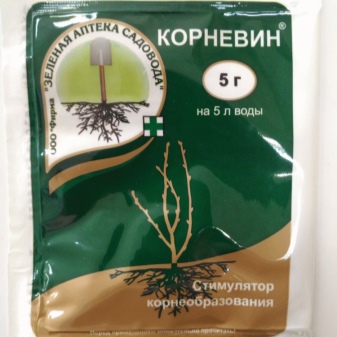
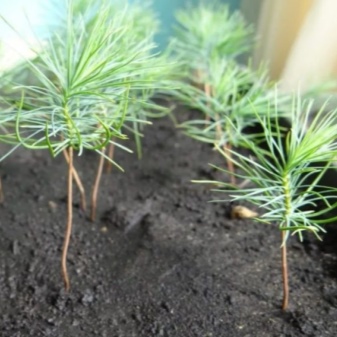
For more information on the Pitsunda pine, see the next video.



































































The comment was sent successfully.